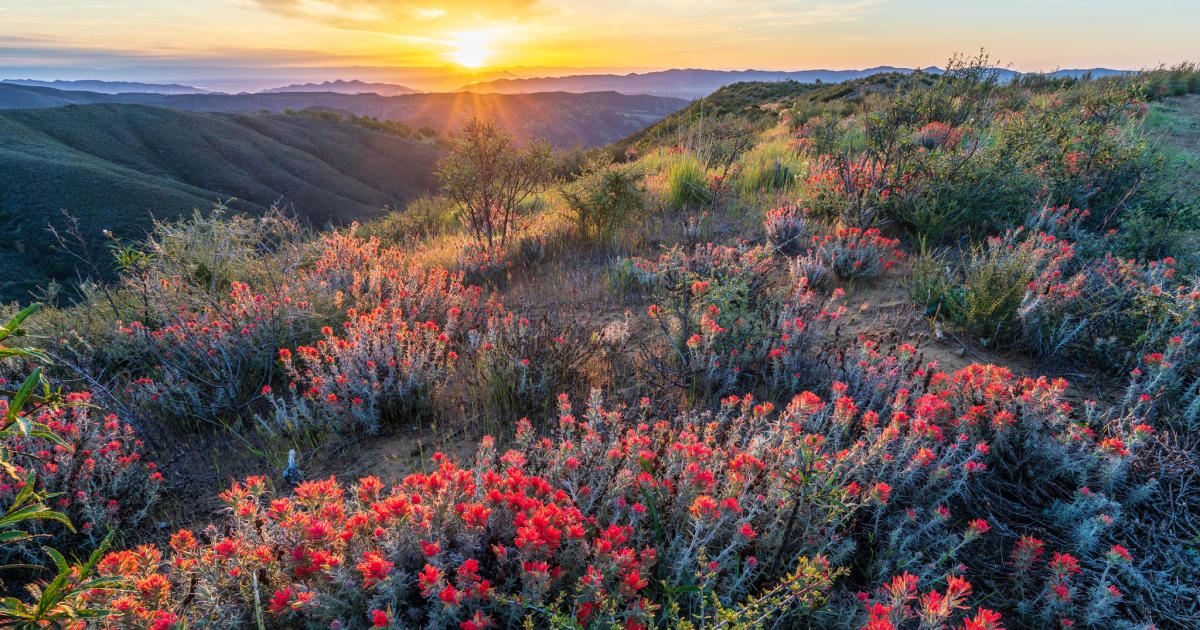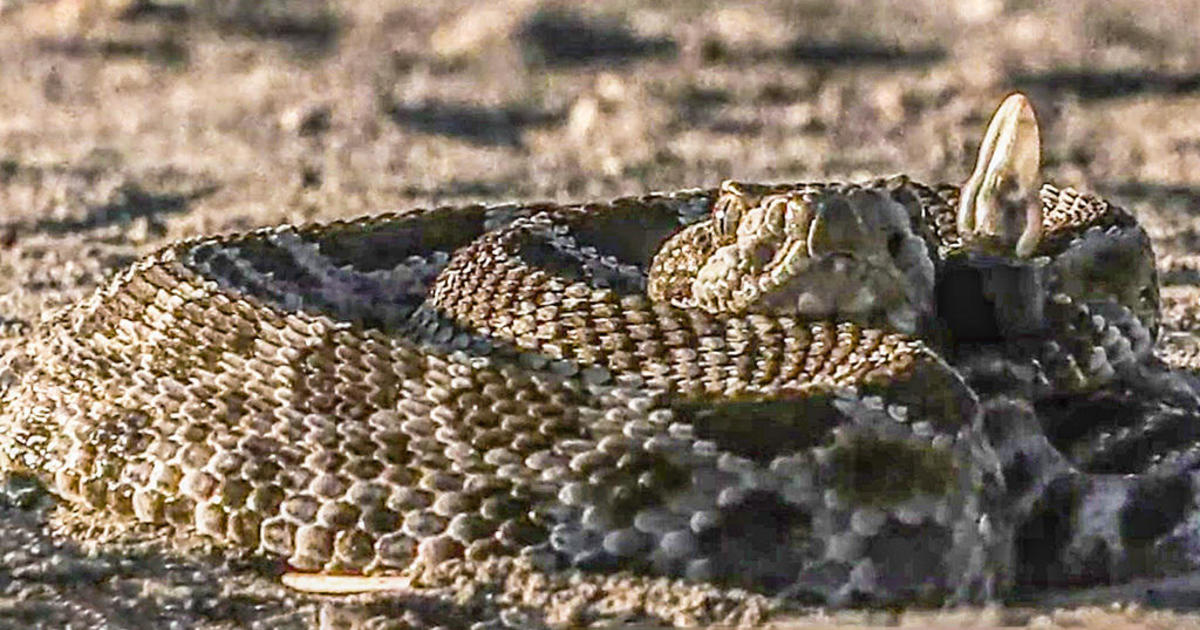Scientists Try to Save Migratory Western Monarch Butterflies as a Mystery Unfolds
by Brian Hackney and Molly McCrea
(KPIX) -- During the 20th century, millions of Western Monarch butterflies clustered along the California coast during their winter migration.
But just last fall during the 2020 annual Xerces Society Thanksgiving count, fewer than 2,000 butterflies showed up, a 99.9% drop since the 1980s.
A coalition of scientists and conservation experts have joined forces to try to extend a helping hand to these iconic butterflies.
"This is a huge crisis that we're facing," explained Xerces Society biologist Angela Laws.
The effort is led by River Partners and funded by California Fish and Wildlife.
"We need to do everything we can to try to save them," said River Partners biologist Claire Pavelka.
At eight critical sites in California, teams recently finished planting 600 acres of native milkweed and other nectar-rich plants.
The hope is to restore habitat areas to encourage the butterflies to migrate by providing them critical nourishment.
"The landscape is a canvas, and we get to be the artist and we get to bring in what we want to see," said California Fish and Wildlife Manager AJ Dill.
Monarch butterflies are known as an indicator species. What happens to them could spell trouble for other important pollinators
"It is often said that butterflies are like the famous canary in the coalmine. They're indicators of a potentially dangerous situation before it's generally perceived to be dangerous, " explained Dr. Art Shapiro.
Dr. Shapiro is a professor of evolution and ecology at UC Davis. He told KPIX 5 there are global declines in butterflies, even in the tropics
"We suspect that big scale things are happening that we don't fully understand," Shapiro said.
He has monitored butterfly populations at 10 stations across California for nearly 50 years. When it comes to California butterflies, the outlook is bleak. The trend is basically a long-term decline.
Shapiro told us there are three main probable culprits: habitat loss, pesticides and climate change.
He took KPIX 5 along during a count in Rancho Cordova. Along the trek he spied a Checkered Skipper and an Akmon Blue Butterfly, but overall, there was little to see.
"This was a really terrible day," said Shapiro. He counted only six species and 16 individual butterflies. Last year, during the same calendar week, he saw 13 species and 70 individuals.
Another emerging trend has been found in urban gardens.
"We started hearing little bits of reports of Monarchs in the city," said Professor Cheryl Schultz, a conservation biologist at Washington State University who studies butterflies at risk..
From Sunnyvale to the East Bay, Monarch butterfliers are starting to take up residence.
"Maybe they don't need to migrate anymore if it's always warm enough to live here year-round," said Professor Elizabeth Crone, a population ecologist at Tufts University whose focus is the conservation of butterflies and bees.
The two women were in Berkeley conducting a count on urban monarch butterflies. Dr. Crone said that while the migratory Western Monarch population is declining, the numbers of urban Monarchs are increasing.
"We don't know how connected the migratory and urban populations are, but at least some migratory butterflies that were tagged in place like Washington State are showing up in these urban populations," said Crone.
Crone decided to go out in the neighborhoods to gather information and find out more about monarch butterflies and if they were spending winter in urban neighborhoods rather than on the coast in the traditional overwintering sites.
Schultz and Crone did some estimates and believe there could be as many as 12,000 monarchs in the Bay Area at any given time. They were found in Berkeley, Albany and El Cerrito as well as in Sunnyvale.
There are many "unknowns" when it comes to these urban monarchs. One involves the role milkweed may play.
"It could be that milkweed in people's gardens is the last place where monarch butterflies are hanging on and if we keep them here in the gardens, they'll be available to recolonize once we restore the landscape," explained Professor Crone.
Professor Shapiro has several hypotheses, including that warmer nights result in a different mix of hormones in the butterflies, and that the readily available milkweed makes it easy for them to stay put.
As for Professor Schultz, she said if humans lose the Western Monarch migration, that may not mean we lose Monarchs. But we may only have them on a tiny slice of the West Coast and they will be lost across the interior parts of California.
She told KPIX 5 that she believes monarchs tell us how the ecosystem is functioning; and that they are telling us about how pesticide loads are changing and how that impacting other insects, including bees.
"We can see monarchs because they're this big, iconic butterfly, but they're telling us something about what's happening for more than just these monarchs," commented Schultz.
As to what Bay Area residents can do to help the Monarch, biologist Angela Laws had some ideas. Even with the current drought, people can put native plants in their garden.
Many of the plants native to California are drought resistant and will provide nectar for all pollinators including the Monarchs. As for milkweed, she advises not to plant what's called "tropical milkweed."
She said while climate change may feel overwhelming, there are steps to be taken. She also urged voters to call their state and federal lawmakers.



